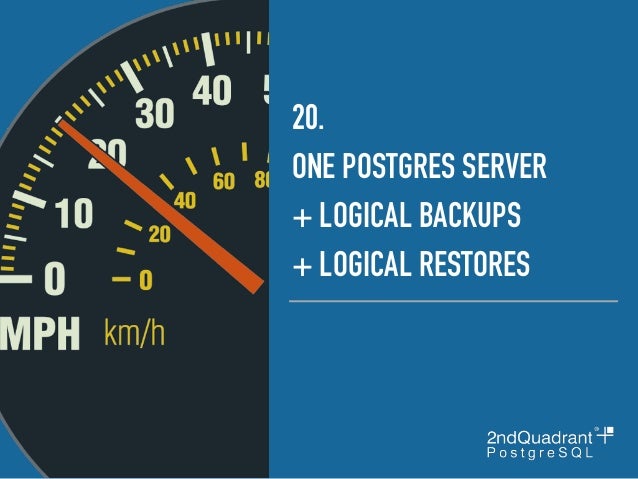The NOW () function returns the current date and time. The return type of the NOW () function is the timestamp with time zone. The DATE_PART() function extracts a subfield from a date or time value.
Table Field some_timestamp is a timestamp. In a WHERE statement I need to compare a timestamp field in a table some_timestamp to now () - one. This means that the type has precision for milliseconds in the value.
Variables affecting Date and Time data types in postgresql. Hi there, if i run SELECT now () -interval day I get all items within the last hours. All the functions and operators described below that take time or timestamp inputs actually come in two variants: one that takes time with time zone or timestamp with time zone, and one that takes time without time zone or timestamp without time zone. Balakrishnan Mariyappan.

Use the following query to round the number of days to the nearest day . PostgreSQL short hand for ‘with time zone’. The time zone notion in particular is mainly a political tool these days, and it makes no sense on an engineering principle: there’s no. Jump to: navigation, search. Now that you have the system updated.
Security patches are available on your Linux distribution. This way you will have a more secure system and ready to start. Oracle有大量的日期函数可供使用,trunc, new_time,months_between,next_day,last_day,add_months,round等函数.

I just need to know how to form this in a way that will work. If there is an entirely different solution I am all for it. Do note that I started down this path because I want to exclude the hour, minutes and seconds found in the. For us that one day would be the last day of the month because on the last day of the month we are calculating some additional information. As you can see, clock_timestamp() changes every time the statement is execute but now() always returns the same value.
It’s also worth noting that both of these functions take timezone into account. You can easily create time intervals using the interval operator, for example. However, having little postgresql experience, I had a bit of trouble figuring out how they are to be used. If the given condition is satisfie only then it returns specific value from the table. You can filter out rows that you do not want included in the result-set by using the WHERE clause.

CURRENT_TIMESTAMPだと現在の日時になっちゃうし、 日時の一部を切り捨てて. How do I find the day of week of a date-time field? We get to talk to people about databases every day at Compose and often end up introducing them to some new facet of a database they already use which will make their lives easier. This is not the case: only the timestamp is stored.
There are occasionally reasons to use random data, or even random sequences of data. The following are some nice examples of how to use this. Click to run the following multiple times and you’ll see that each time a different random number between and is returned. Must-have tools for database development, data analysis, data management, and server administration.
A benchmark comparison shows up to 29. With this, it is possible to have an index like this (new syntax):. Persisting data has been addressed to a point, but using Heroku gives us a different problem.
While data may persist for a given Heroku push, every sqlite database is saved on the file system. HH and HHas hours in a single day , while HHcan output hours exceeding a single day , e. Table 9-shows the template patterns available for formatting numeric values. Aside from building aggregate functions, it has some other common day uses. Which converts your list to an array of: apple,cherry apple,avocado or ,5.
Now you combine it with your detail query.
Hiç yorum yok:
Yorum Gönder
Not: Yalnızca bu blogun üyesi yorum gönderebilir.